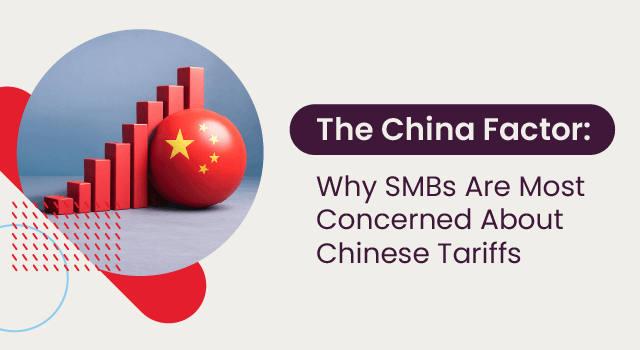Changes in demand and supply will test how efficiently businesses can adapt their supply chain planning. Having capital tied up in excess stock places businesses at risk. How prepared is your business?
Increased changes in supply and demand are creating a stock crisis for many businesses. What your customers wanted yesterday isn’t what they want today! No matter how well you plan or how accurate your forecast is – events happen, and they will rock the supply chain.
Businesses will continue to struggle with the profound effects of supply chain disruptions. Extended lead times, transit times, shipping costs, labor shortages, the Ukraine war, the Red Sea attacks, the Baltimore bridge collapse, and higher interest rates are examples of ongoing disruptions.
Businesses facing a huge excess inventory problem should revise their inventory planning quickly to eliminate excess stock. Let’s find out how.
Table of contents:
1 The excess problem
Excess inventory refers to products that have not been sold and now exceed consumer demand. It’s a severe problem for retailers, leading to reduced profit margins due to tied-up working capital and restricted cash flows. The main reason businesses incur excess stock is due to the lack of visibility to monitor and measure their supply chain planning. Change affects customers and channels differently, so it is increasingly important to incorporate channel, customer, and region into the planning process.
The lack of visibility leads to inaccurate information, which results in lousy planning decisions, such as over-forecasting. If you over-forecast, you will over-order and often over-order the wrong products. If you order too many products with a short shelf-life, where demand for the product has dropped, you will have to write those products off. Businesses are also tempted to purchase a larger than usual quantity of products to get a ‘good deal,’ which puts stock levels at risk, especially if there is fluctuating demand. Another contributing factor is working with unreliable suppliers whose lead times fluctuate, resulting in too much stock arriving at the wrong time.
2 What can businesses do?
Businesses need to be better prepared! Working with the right solutions, you can quickly respond and adapt to market changes while continuing to satisfy changing demands. If not, businesses will end up with a large amount of working capital tied up in stock for which there is no demand.
Barry Kukkuk, Co-founder of Netstock, says, “The antidote to being reactive is, of course, better planning. However, with many factors in a “perfect storm,” planning becomes extremely difficult. Those factors include global shipping issues, the China lockdowns, and the war in Ukraine. But, the better your planning tools, the better you’ll survive, regardless of how hard planning is for everyone. Even if it’s hard to plan, your spreadsheet will probably still perform more poorly than a best-practice driven planning tool.”
3 The hidden costs of excess inventory
It can become extremely costly for businesses to carry excess inventory.
These costs can involve:
- Additional warehousing costs to store items
- Energy costs (for perishables)
- Insurance costs
- The risk of products becoming obsolete
- Working capital tied up in inventory costs (vs. the high price of borrowing extra capital)
- Reduced warehouse space for fast-moving items
- The cost of managing the inventory
- The cost of shrinkage
4 Five tips for managing your excess stock this quarter:
- Plan ahead – Use a demand planning solution with effective classification, improved forecasting, safety stock, and ordering modules to forecast accurately and place the best possible order in the first place.
- Offer discounts – Opt for bulk discounts or marked-down prices. Discounts can be very painful, and a good data analysis should help pinpoint the correct depth of discount to offer.
- Give donations – Donate your excess inventory to get a tax deduction.
- Re-assess your marketing and sales strategy – Reconsider your marketing and sales strategy and think of innovative ways to reduce your items.
- Perform a thorough analysis – Why do you have excess inventory, and are your orders aligned with customer demand and forecasts?
- Use Netstock’s Excess Redistribution functionality – Eliminate excess stock and frustrating shortages across multiple warehouses. Analyze inventory levels across multiple locations, identify surplus stock, and seamlessly redistribute stock to where it’s needed most.
Read their success story here >
5 Last thoughts
Disruptions to supply chains are ongoing. Now more than ever, it’s vital to be prepared, be reactive, and adapt to disruptions. Forecasting errors and supplier constraints are major factors determining why your business is holding excess inventory. Working with outdated tools to make critical inventory decisions won’t prevent or help reduce excess inventory.




